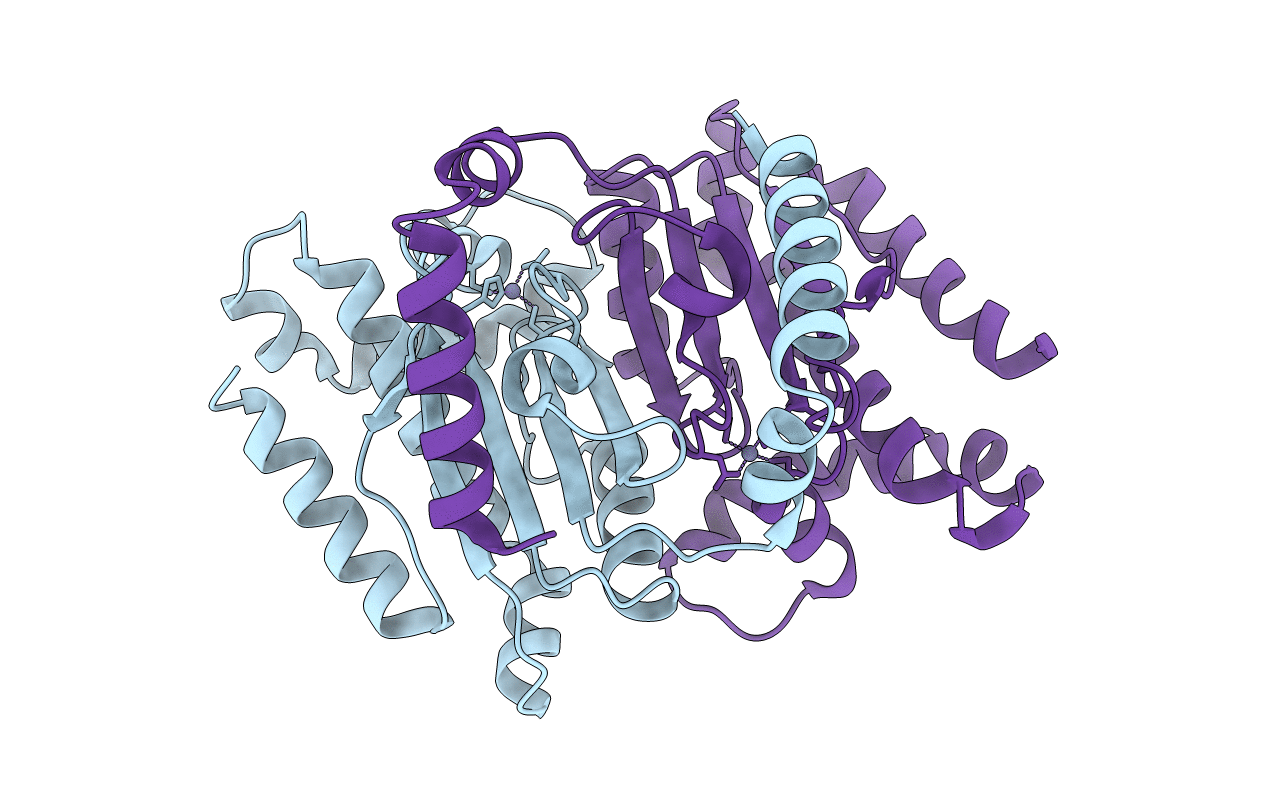
Deposition Date
2001-03-02
Release Date
2001-05-09
Last Version Date
2024-10-16
Method Details:
Experimental Method:
Resolution:
2.20 Å
R-Value Free:
0.24
R-Value Work:
0.21
R-Value Observed:
0.21
Space Group:
P 43 2 2


